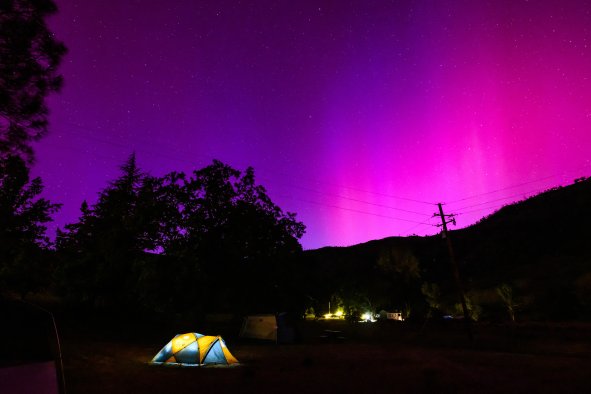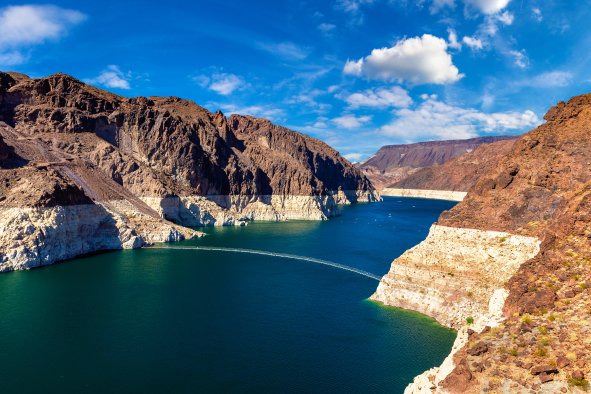Research has revealed an "astonishing" submerged landscape that stood above sea level thousands of years ago.
An international team of scientists has been conducting underwater scans in the Adriatic Sea—an arm of the Mediterranean—off the coast of Croatia using state-of-the-art sensors.
The investigations are part of the Life on the Edge project, which is a collaboration between the Submerged Landscapes Research Centre at the University of Bradford in the United Kingdom and the Faculty of Humanities and Social Sciences of the University of Split in Croatia.
Researchers involved in the project are planning to map parts of the Adriatic, as well as the North Sea, over the course of the next five years. The aim is to understand what these submerged landscapes looked like during the Upper Paleolithic period—specifically between 24,000 and 10,000 years ago when sea levels were hundreds of feet lower than they are today.
One of the drivers behind the research is to gain a better understanding of the Upper Paleolithic period and its archaeology, according to principal investigator Simon Fitch with the University of Bradford.
"Since most of the coastlines that would have formed the best places to live have been submerged by sea level rise since the end of the last glaciation, we therefore have to survey at sea," Fitch told Newsweek.
For their recent survey off the coast of Croatia, which took place last year, Fitch and colleagues scanned the seabed using high-resolution underwater seismic sensors.
"Very, very simply, we send acoustic waves through the sea and deep into the seabed and analyze the responses to build a model of the landscape," Fitch said.
These investigations revealed the remains of an "astonishing" network of streams, rivers and other geological features that once were above the water.
"The results provided way more detail than we were expecting," Fitch said in a press release. "It's a more diverse landscape and it's better preserved than we expected. The unique environment of the area around Split, which is quite sheltered, has preserved a lot of it. There are beautifully preserved rivers and estuaries buried beneath what is now the seafloor.
"Previous modeling suggested there may be a river on the seabed but when we went in with our high-resolution sensors, we found more rivers, more water in the landscape and more environments."
The results suggest that more people were potentially living in these now-submerged areas during the Upper Paleolithic than the team previously thought possible.
"Additionally, this means more opportunities for preservation of artifacts that record human life during this period to be preserved," Fitch told Newsweek.
Fitch said the team was planning to send divers to inspect some of the areas that have been surveyed later this year.
"Our ultimate goal is to find human artifacts and having this new understanding of the landscape makes that more likely," he said in the press release.
"Most people like to live near the coastline and these are precisely the places that are lost. At the moment, what we have from these areas are a few cave sites and scatters of flint, so by finding these landscapes and places that can preserve archaeology, we have the potential now to begin asking some really fascinating questions, to understanding the archaeology and the culture in a much more holistic way."
The research will also help to shed light on the particular role that the region occupied by Croatia played in the prehistory of the Adriatic region.
"Croatia is the gateway to Europe, so if you think about the advance of farming into Europe, it is and always has been a very important landscape," Fitch said.
"The speed at which that landscape was lost to the sea is also important. It affected people and culture, so by understanding the landscape, we can begin to understand the whole archaeological picture so much more clearly."
Do you have a tip on a science story that Newsweek should be covering? Do you have a question about archaeology? Let us know via science@newsweek.com.
Disclaimer: The copyright of this article belongs to the original author. Reposting this article is solely for the purpose of information dissemination and does not constitute any investment advice. If there is any infringement, please contact us immediately. We will make corrections or deletions as necessary. Thank you.



